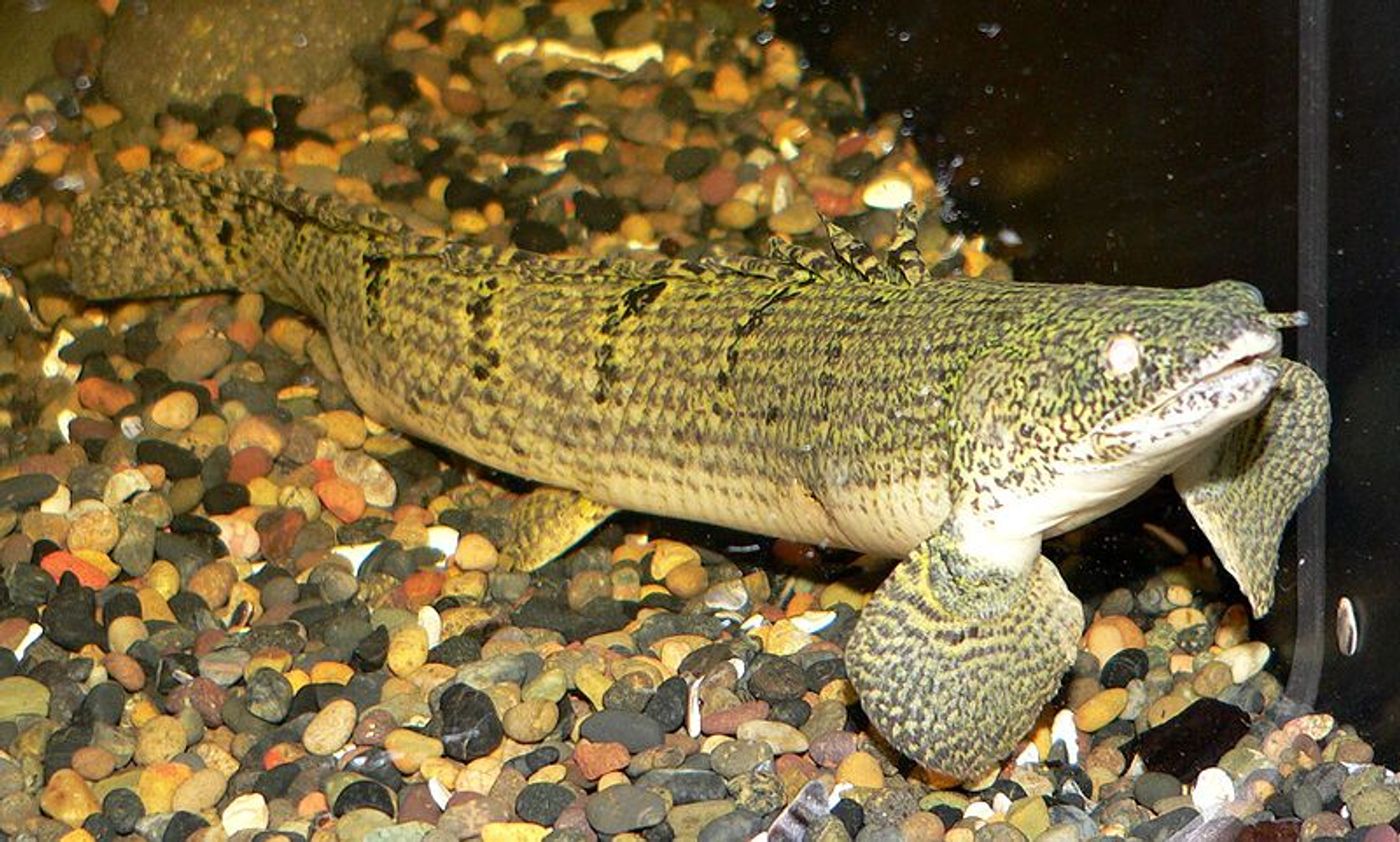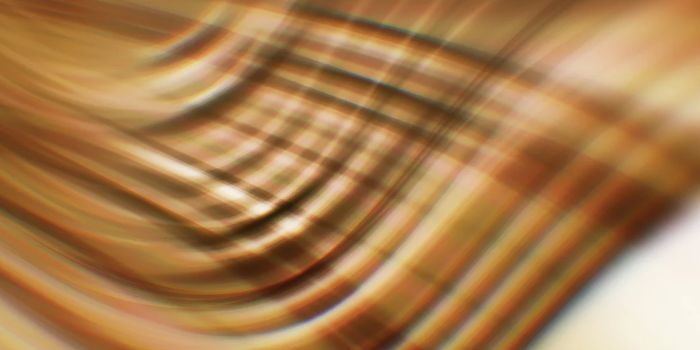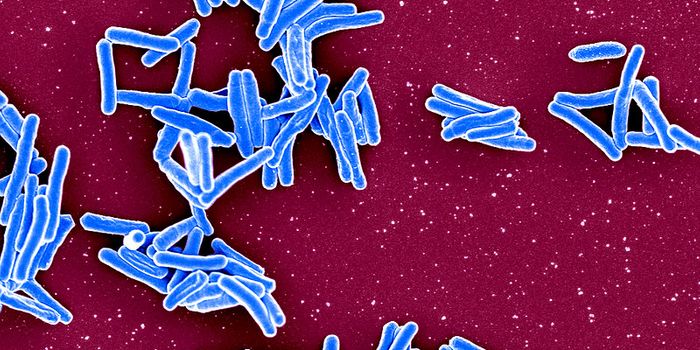We Have More in Common With Our Fish Ancestors Than We Knew
Long ago, aquatic animals adapted to live on land, and these first land-dwelling vertebrates are known as tetrapods. This group includes all of the vertebrates that used four limbs and a set of lungs to survive, like every mammal, bird, and reptile. Eventually, humans would evolve, carrying genes that give us our respiratory system, arms, and legs. But the genetic basis for these abilities may have been established in our fish ancestors about 50 million years before the first tetrapod ever reached shore, suggested new work reported in Cell. This research may change our understanding of an important event in our evolution.
"The water-to-land transition is a major milestone in our evolutionary history. The key to understanding how this transition happened is to reveal when and how the lungs and limbs evolved. We are now able to demonstrate that the genetic basis underlying these biological functions occurred much earlier before the first animals came ashore," said professor and lead study author Guojie Zhang of the Villum Centre for Biodiversity Genomics at the University of Copenhagen's Department of Biology.
There's a group of ancient fish, which includes the bichir, that still lives on Earth. The bichirs have pectoral fins that can be used a bit like limbs, and these fish can move on land. It's been suggested that these fish carry traits that our fish ancestors living 420 million years ago may have had, some of which can be found in humans.
This work applied genetic sequencing tools to reveal that a joint in the bichirs connecting a bone called the metapterygium with radial bones that are in the pectoral fin is like the human synovial joint, which links the upper arm and forearm bones. The genetic sequence that regulates synovial joint development is found in bonefish ancestors and is still carried by both primitive fish and terrestrial vertebrates. Common bony fishes that are known as teleosts eventually lost this DNA sequence, and the resulting joint.
"This genetic code and the joint allows our bones [to] move freely, which explains why the bichir can move around on land," said Guojie Zhang.
Some primitive fish, including the bichir, have lungs that have anatomical similarities to human lungs. This research showed that the lungs in the bichirs function like those in alligators; they also express the same group of genes that human lung cells do.
Darwin suggested that swim bladders in fish, which help them perceive pressures and maintain buoyancy, evolved into lungs. This study suggested that our early bony fish ancestors were actually carrying primitive versions of functional lungs. One branch of fish seems to have maintained lung function that's more suited to breathing air and led to tetrapod evolution, while another branch modified these lungs and grew swim bladders, leading to teleost evolution.
"The study enlightens us with regards to where our body organs came from and how their functions are decoded in the genome. Thus, some of the functions related to lung and limbs did not evolve at the time when the water-to-land transition occurred, but are encoded by some ancient gene regulatory mechanisms that were already present in our fish ancestor far before landing. It is interesting that these genetic codes are still present in these 'living-fossil' fishes, which offer us the opportunity to trace back the root of these genes," concluded Guojie Zhang.
The ability to breathe air may have helped some ancient animals live through a mass extinction that happened about 375-360 million years ago, which depleted oxygen on the ocean and killed off a majority of marine species.
Sources: AAAS/Eurekalert! via University of Copenhagen Faculty of Science, Cell










